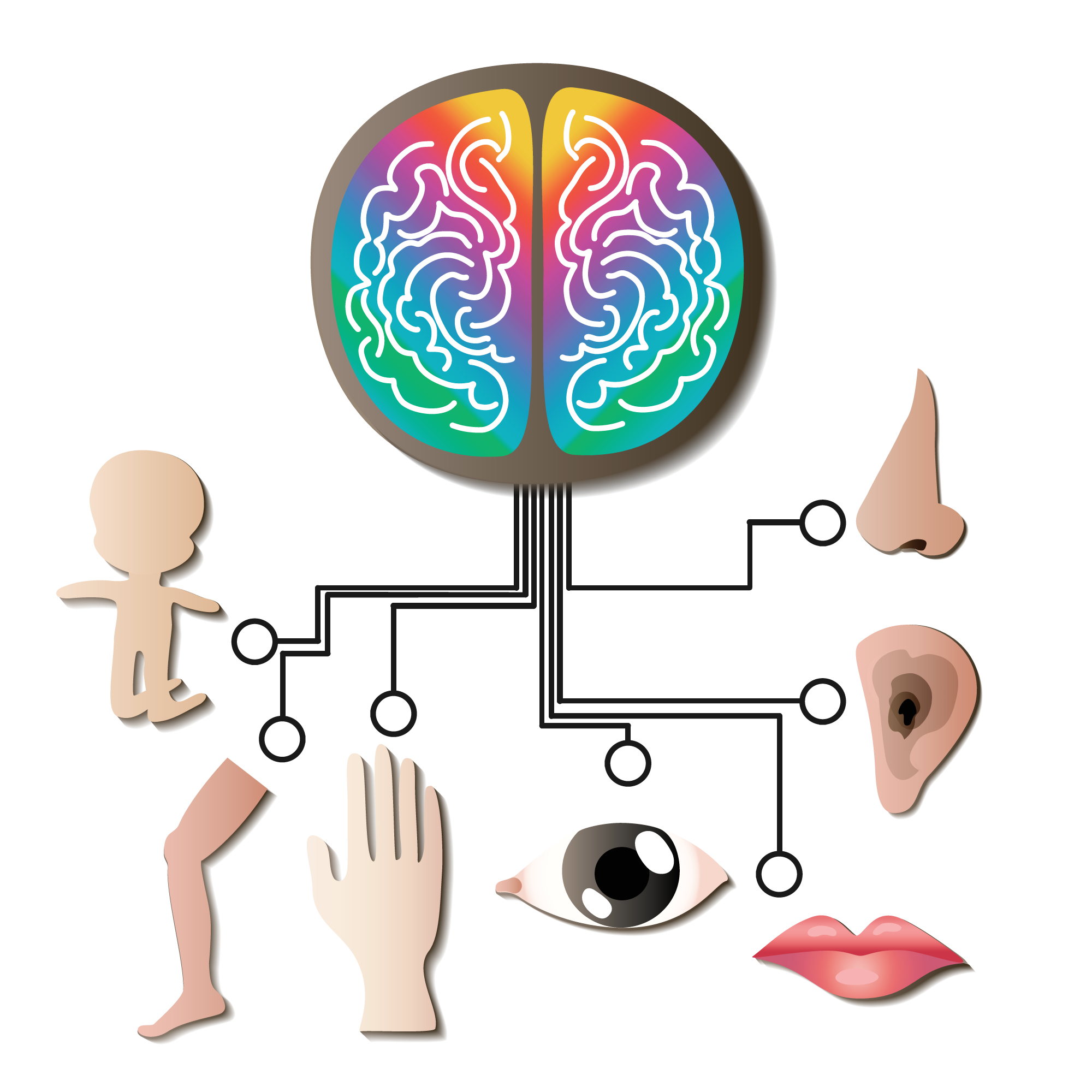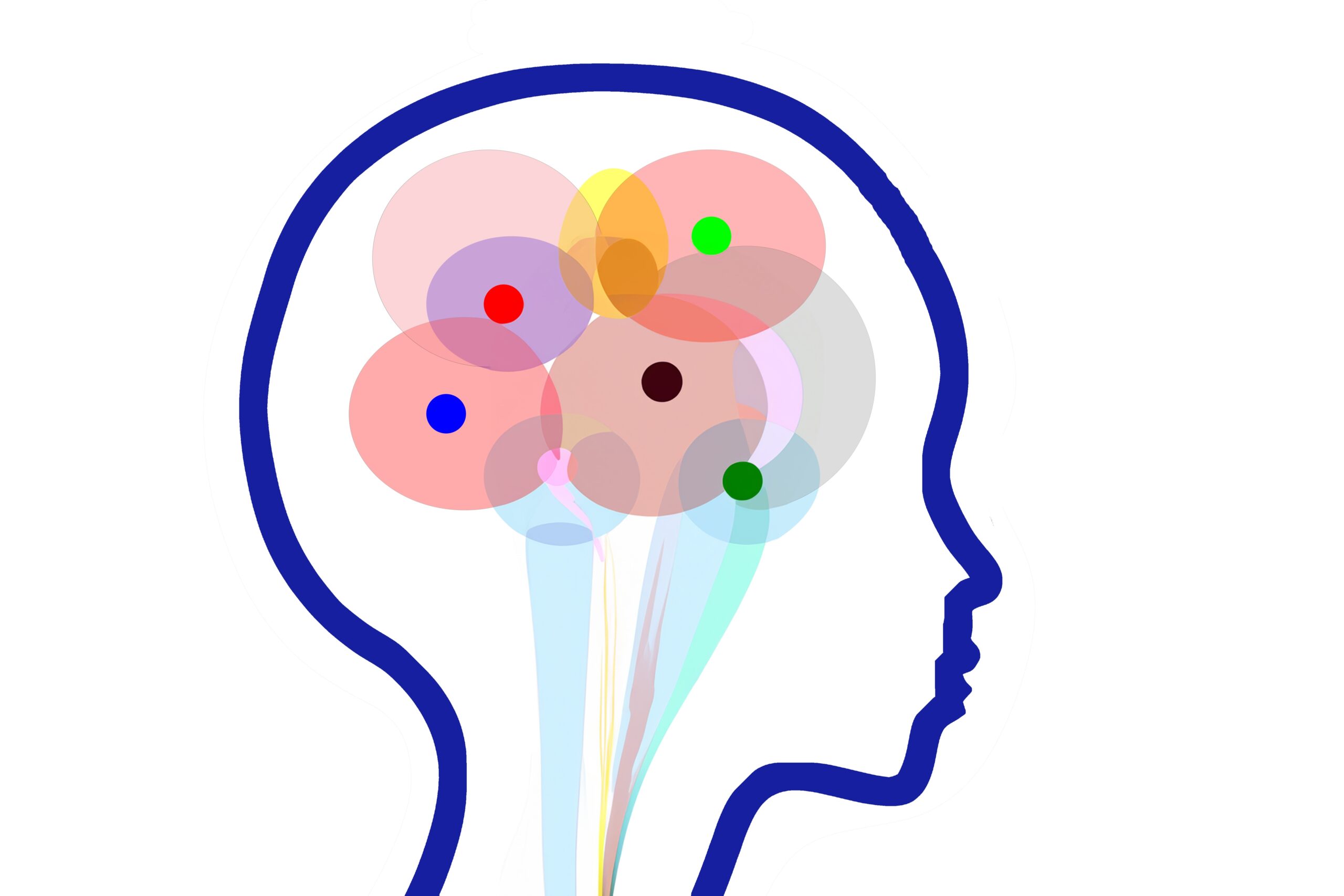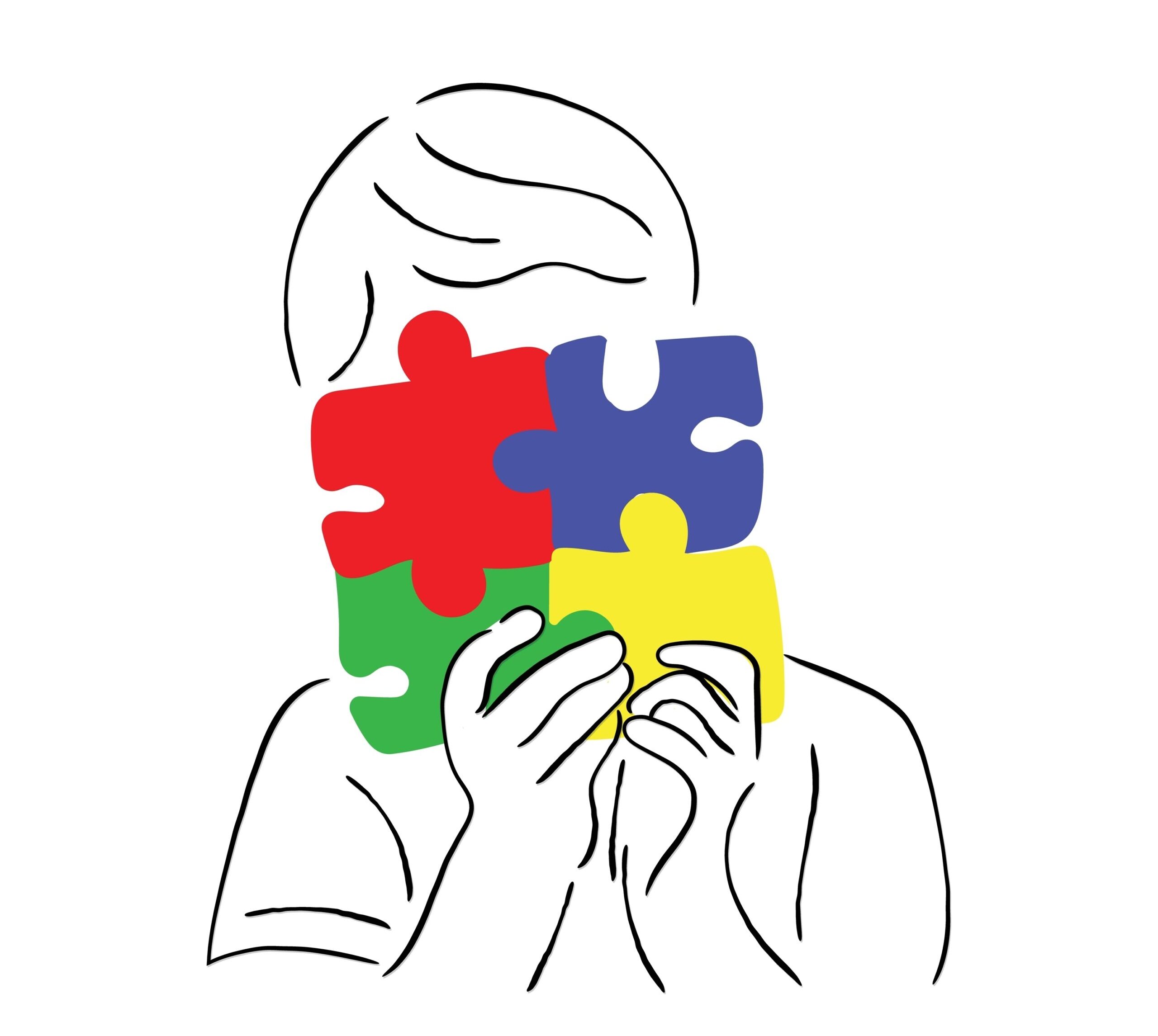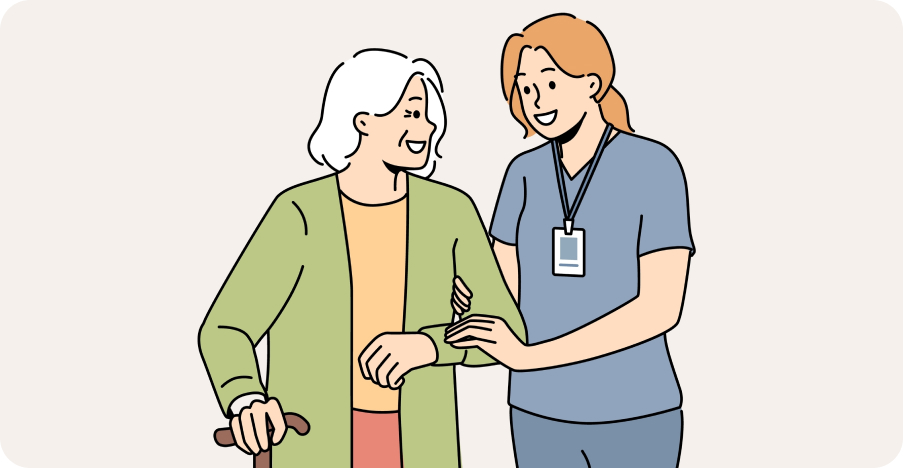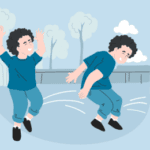
Autism
- Types of Autism Spectrum Disorder: Levels, Traits & Former Diagnoses Explained
- Asperger’s Syndrome: Signs, Diagnosis, and Support for Children, Teens & Adults
- What Is PDD-NOS? Understanding Pervasive Developmental Disorder–Not Otherwise Specified and Its Place on the Autism Spectrum
- Childhood Disintegrative Disorder (CDD): Symptoms, Diagnosis & Treatment Explained
- Rett Syndrome: Symptoms, Diagnosis, and Treatment Guide for Parents and Caregivers
- Nonverbal Autism: Causes, Signs, Communication Strategies & Treatment Options
- Sensory Processing and Autism: Understanding Sensitivities, Overload & Effective Therapies
- Classic Autism (Autistic Disorder): Signs, Diagnosis, and Treatment Before the DSM-5
- Fragile X Syndrome: Causes, Symptoms, Diagnosis, and Autism Link
- Atypical Autism (PDD-NOS): Symptoms, Diagnosis & Support Before DSM-5
- Low Functioning Autism (ASD Level 3): Symptoms, Support Needs, and Communication Challenges
- High-Functioning Autism (ASD Level 1): Symptoms, Traits, and Support Strategies

Neurodevelopmental Disorders & Learning Differences
- Dyslexia in Children: Symptoms, Causes & Best Therapies
- Dysgraphia in Children: Symptoms, Diagnosis & Treatment
- What Is Dyscalculia? Symptoms, Causes & Treatment
- Specific Learning Disorder with Impairment in Reading | Symptoms, Treatment & Therapists Near You
- Nonverbal Learning Disorder (NVLD): Symptoms, Causes & Therapies
- What Is Giftedness in Children? Signs, Support & Therapists
- Language Processing Disorder in Children: Signs, Therapy & Support
- Language Disorders in Children: Signs, Types & Therapy
- Delayed Speech in Children: Causes, Signs, and Therapy Options
- Executive Function Disorder in Children: Signs, Support & Therapy
- Apraxia of Speech in Children: Signs, Diagnosis & Therapy
- Understanding Intellectual Disability in Children: Signs, Support & Therapies
- What Is Twice-Exceptional (2e)? Signs, Challenges & Support for Gifted Children with Disabilities
- Global Developmental Delay (GDD)
Fragile X Syndrome: Causes, Symptoms, Diagnosis, and Autism Link

Authored by: The DrSensory Editorial Team
Reviewed by: 🛡️ DrSensory Clinical Review Board
Last updated: June 2025
What is Fragile X Syndrome and what causes it?
Fragile X Syndrome (FXS) is a genetic condition that causes intellectual disabilities, behavioral challenges, and developmental delays. It is the most common inherited cause of intellectual disability and a known genetic contributor to autism. Fragile X occurs due to a mutation in the FMR1 gene on the X chromosome, which prevents the body from producing enough FMRP, a protein essential for brain development.
The mutation is often passed from parent to child, and symptoms can range from mild to severe depending on the number of CGG repeats in the gene.
What are the symptoms of Fragile X Syndrome?
Symptoms of Fragile X Syndrome vary but often include:
- Delayed speech and language development
- Intellectual disability (ranging from mild to severe)
- Social anxiety and attention problems
- Hyperactivity or impulsive behavior
- Sensory sensitivities (e.g., to sound or touch)
- Physical features such as a long face, prominent ears, or flat feet (more noticeable in males)
Girls with Fragile X tend to have milder symptoms due to having a second, unaffected X chromosome.
Is there a link between Fragile X Syndrome and autism?
Yes, there is a strong genetic link between Fragile X Syndrome and autism. Up to 60% of individuals with Fragile Xalso meet diagnostic criteria for Autism Spectrum Disorder (ASD). Shared traits may include:
- Repetitive behaviors
- Social communication challenges
- Sensory processing difficulties
However, not all individuals with Fragile X have autism, and vice versa. Genetic testing for Fragile X is often recommended if a child has signs of both intellectual disability and autism-like behaviors.
How is Fragile X Syndrome diagnosed and treated?
Fragile X is diagnosed through genetic testing, specifically a DNA blood test that identifies the FMR1 gene mutation. Testing is recommended for children with unexplained developmental delays, intellectual disabilities, or features of autism.
There is no cure for Fragile X, but treatment focuses on managing symptoms through:
- Speech and language therapy
- Occupational therapy
- Behavioral interventions like ABA
- Medications for mood, attention, or anxiety if needed
- Special education support to help with learning challenges
Early intervention can greatly improve developmental outcomes and quality of life.
Can females have Fragile X Syndrome?
Yes, females can have Fragile X Syndrome, although symptoms are usually milder than in males. Because females have two X chromosomes, the second, typically healthy FMR1 gene can offset the effects of the mutated one. Girls with Fragile X may still have:
- Mild learning disabilities
- Social anxiety or emotional challenges
- Sensory issues
In rare cases, females can have more pronounced symptoms, especially if the gene mutation is fully expressed.
This page provides general educational content and is not a substitute for professional medical advice. Always consult a licensed provider for diagnosis and treatment.
View privacy policy, copyright and trust info
More on Autism

- Types of Autism Spectrum Disorder: Levels, Traits & Former Diagnoses Explained
- Asperger’s Syndrome: Signs, Diagnosis, and Support for Children, Teens & Adults
- What Is PDD-NOS? Understanding Pervasive Developmental Disorder–Not Otherwise Specified and Its Place on the Autism Spectrum
- Childhood Disintegrative Disorder (CDD): Symptoms, Diagnosis & Treatment Explained
- Rett Syndrome: Symptoms, Diagnosis, and Treatment Guide for Parents and Caregivers
- Nonverbal Autism: Causes, Signs, Communication Strategies & Treatment Options
- Sensory Processing and Autism: Understanding Sensitivities, Overload & Effective Therapies
- Classic Autism (Autistic Disorder): Signs, Diagnosis, and Treatment Before the DSM-5
- Fragile X Syndrome: Causes, Symptoms, Diagnosis, and Autism Link
- Atypical Autism (PDD-NOS): Symptoms, Diagnosis & Support Before DSM-5
- Low Functioning Autism (ASD Level 3): Symptoms, Support Needs, and Communication Challenges
- High-Functioning Autism (ASD Level 1): Symptoms, Traits, and Support Strategies
Find a Therapist near you
Are you looking for a physical, occupational, or speech therapist in your area?
Look no further than the DrSensory Therapist Database and Clinic Directory!
Find a Therapist
Find the physical therapist, occupational therapist, or speech language pathologist you’re looking for!
Ask Us Anything
Whether you are looking for advice, have a general question about sensory processing, or looking for resources.
Submit Your Story
Share your story about your child. Let’s celebrate milestones and learn more about challenges.







































